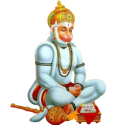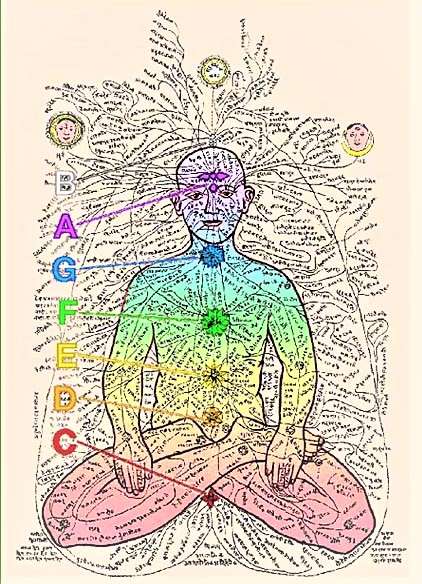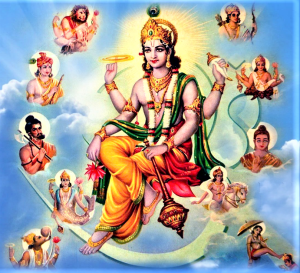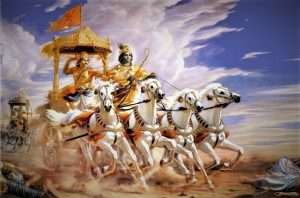Nadi
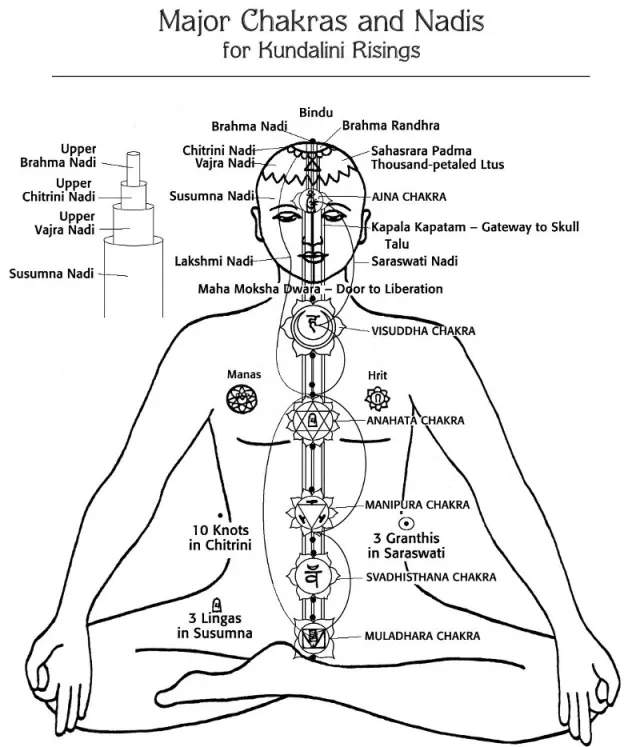
Nadi is a Sanskrit word which means channels. Through Nadi, the energies such as prana flow. All Nadi are spread throughout the astral body. It is said that there are thousands of Nadi throughout the human framework responsible for various functions. Among them the three followings are very important. They are –
- Ida
- Pingala
- Sushumna
These principal Nadi originate from the base of spine and extend to the crown of the head. Ida situates on the left, the Sushumna in the centre and the Pingala on the right. The exact physical area is the spinal cord, within which in the subtle body these Nadi flow and perform various functions.
Reference from Shiva Samhita – It is important to know the reference about Nadi from an ancient scripture. According to the Shiva Samhita out of 350,000 Nadi, 14 are important and among them, the three mentioned above are the most important. The three principal Nadi are Ida, Pingala, and Sushumna. Ida lies to the left of the spine, Pingala is to the right side of the spine and Sushumna runs along the spinal cord in the center. When the channels are unblocked by the action of Yoga the Kundalini energy uncoils and rises up through Sushumna from the base of the spine. Therefore, Nadi play a very vital role in Yoga, as many of the Yogic practices, like Satkarma, Mudra, Pranayama and Bandha are intended to open the Nadi. We should know that the ultimate aim of Yogic practices is to direct Prana into the Sushumna nadi to enable the Kundalini to rise to attain liberation.
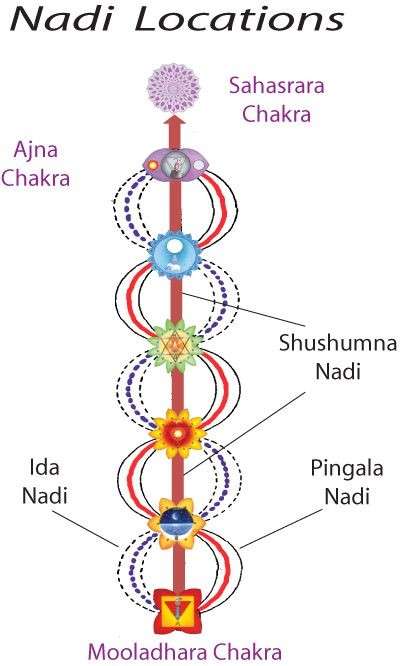
Anatomy of Ida, Pingala and Sushumna – Ida Nadi has within it another finer Nadi called the inter-Ida Nadi and also Pingala Nadi has another finer Nadi within it called the inter-Pingala Nadi. Within these finer Nadi the ionic density is high, but outside and surrounding them is a region where the ionic charge is low. The implication is that the finer Nadi is surrounded by a semi-permeable membrane which allows negative and positive ions respectively to enter but not to leave. This is similar to cellophane wrapping around food which allows moisture to enter but not to leave the food. Concerning the Sushumna nadi, the spiritual channel, there are three Nadi within Sushumna – the innermost/finest one called Brahma Nadi and the one surrounding it called Chitrini Nadi and the outermost/third one is Vajra Nadi. Please remember that they are not concrete physical entities, but are separate one from the other by virtue of differences in ionic concentrations. The Nadi within Sushumna which plays the most important part is the Brahma Nadi as within this Nadi are all Chakra.
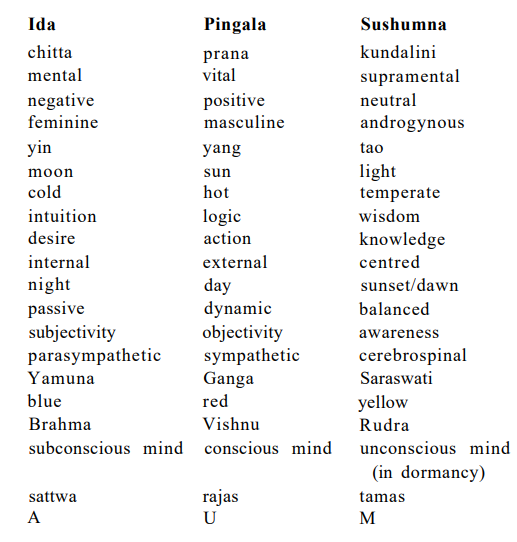
Pranayama related to Nadi – Ida and Pingala are linked with each other and also with the breath. Generally, these Nadi contain impurities and toxins which cause tensions of many kinds – physical, emotional and mental. Therefore, the nerve channels should be purified by means of Pranayama. The Hatha Yoga Pradipika states – If the breath (Prana) cannot pass through the Sushumna due to impurities, then how can the state of Unmani (purified consciousness) take place and how can there be any perfection? When Pranayama is perfected then dross and blockages are completely removed. When the Nadi are purified by the practice of pranayama then the vital energy can be sent to any part of the body.
Characteristics of Ida, Pingala and Sushumna – The three Nadi have different features and actions. For example – at one time Ida or Pingala flows actively. After one hour or one hour and a half they interchange and the other begins to flow actively. When one flows actively the other flow passively. At the time they interchange, it is time when Sushumna begins to flow little bit. But this time period is a minute or two. Mostly Sushumna is dormant but it becomes active when both Ida and Pingala flow together. The image can help us understand the features of the three Nadis clearly.
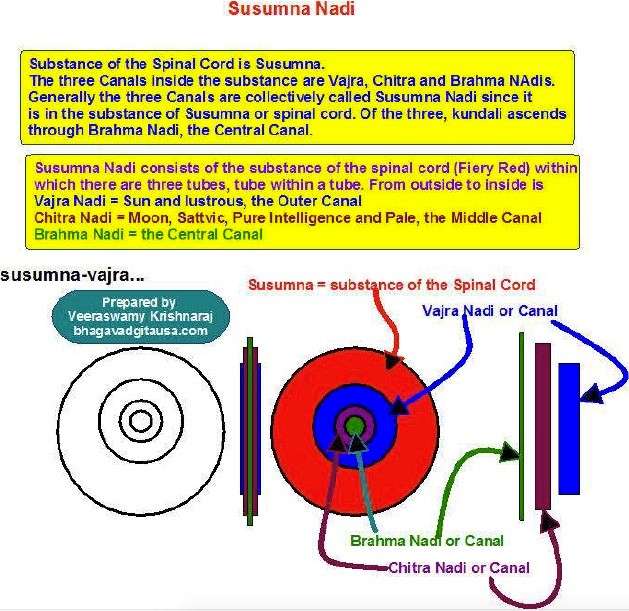
Importance of Sushumna – Sushumna is subtler than Ida and Pingala, but it also contains within it the three qualities of Tamas, Rajas and Sattva corresponding to the inter-Sushumna Nadi. The deeper we go into Sushumna, the more refined it becomes, until we reach the centre which is beyond all three Guna. The exterior of Sushumna relates to Tamas, as it is inert. Within this lies Vajra nadi, which relates to Rajas, within that is Chitra Nadi which relates to Sattva. Deeper than all of them is the subtlest Brahma Nadi and this is the pathway through which Kundalini energy rises up. The aim of Swara Yoga and other Yoga is to activate all the layers of Sushumna Nadi by harmonising Ida and Pingala which is the dualistic aspects of nature and energy. Then only one can go beyond the limitations.
There are some other important Nadi which perform different functions. We mention some of them hereunder (resources from Prana and Pranayama by Swami Niranjanananda Saraswati) –
- Gandhari – It flows from the corner of the left eye to the left big toe. It is situated on the side of Ida and supports it. Gandhari can be stimulated by Baddha Padmasana.
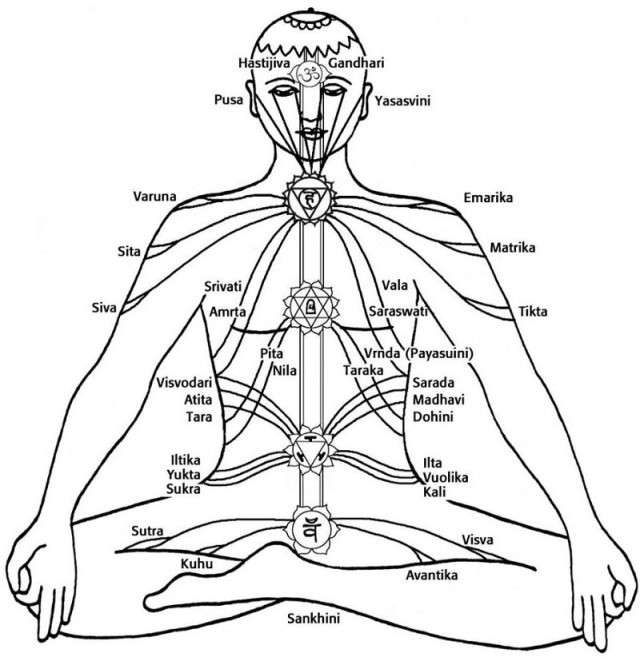
Fourteen different Nadi - Hastijihva – It flows from the right eye to the left big toe and carries energy to and from the lower part of the body. Hastijihva and Gandhari support Ida and together form the left channel.
- Yashaswini – It flows from the right big toe to the left ear and supports Pingala.
- Pusha – It flows from the left big toe to the right ear. Pusha and Vashaswini support Pingala and together form the right channel.
- Alambusha – It begins in the anus and terminates in the mouth.
- Kuhu – It begins in the throat and terminates in the genitals. Seminal essence is transformed to soma by this Nadi. Kuhu is awakened by the practice of Vajroli.
- Shankhini – It begins at the throat and terminates in the anus. It flows on the left side of Sushumna between Saraswati and Gandhari. Shankhini is activated by the practice of Basti (Yogic enema).
- Saraswati – It is the Nadi situated on the tongue. Those who possess gifted speech have an awakened Saraswati.
- Payaswini – It flows on the right side between Pusha and Saraswati and is complementary to Pingala. Its termination point is the right ear. The sect of ascetics called Kanphata Yogis awaken this Nadi by wearing large earrings.
- Varuni – It purifies toxins in the lower pelvic area along with Kuhu. It terminates at the anus and is activated by Basti and other Kriyas.
- Vishwodari – It resides in the area of the navel and flows between Kuhu and Hastijihva. It is related to the adrenal gland and the pancreas and is activated by Nauli Kriya and Uddiyana Bandha. It improves the flow of prana throughout the body and helps in the rising of prana along Sushumna.
With Love and Gratefulness (Founder Rohit Kumar)
Source – Ancient texts of Yoga, words of Swami Sivananda, Swami Satyananda, Swami Niranjanananda Sawaswati and personal study.
Hari Om Tat Sat!

